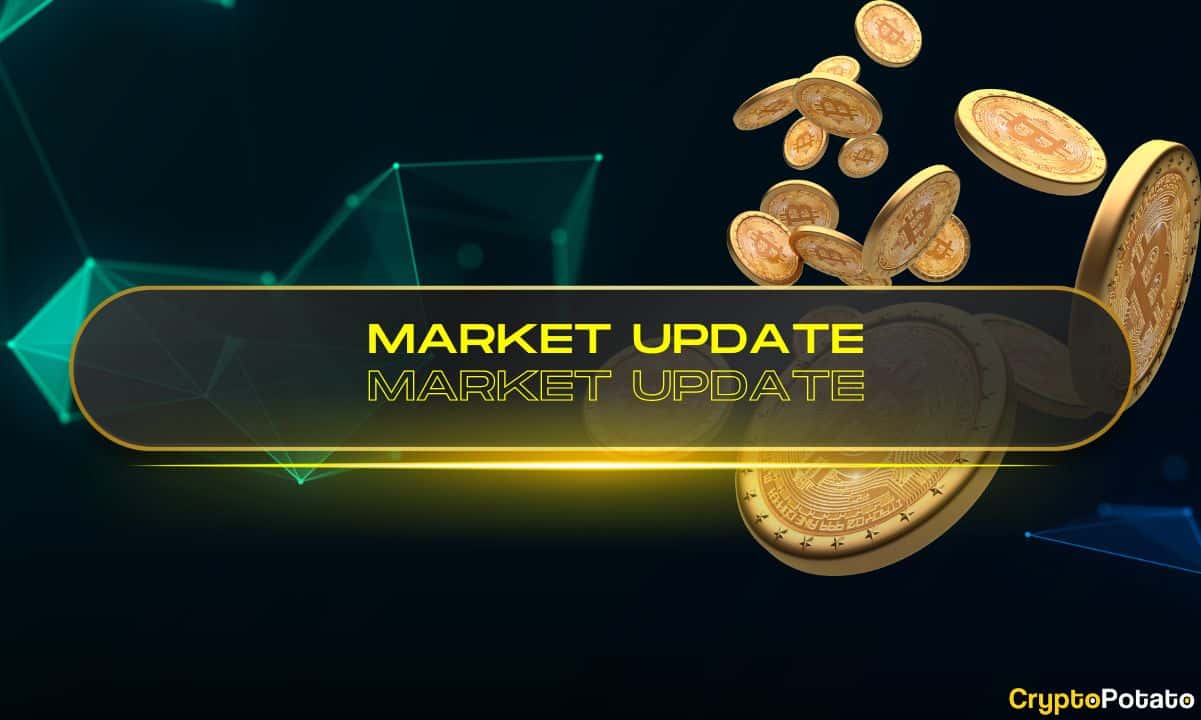Saddle Finance: Swapping Pegged Value Crypto Assets With Minimal Slippage
The crypto market is highly volatile, and this has led to increased demand for pegged cryptocurrencies. For clarity, pegged crypto assets are those digital currencies that have their value linked to another asset or a basket of assets that usually fluctuate outside of the general crypto market to provide stability. These asset-backed cryptocurrencies are redeemed 1:1 to their underlying assets.
But despite the benefits offered by pegged value crypto assets, investors and traders still struggle with the problem of high spillage when trying to swap between these assets. This often results in lost market leverage.
Slippage is a term that describes the difference between the expected price of an order and the price at which it is executed. Slippages in crypto happen for two major reasons – liquidity and volatility. But liquidity is often the cause of slippage when trading pegged value crypto assets.
Saddle Finance intends to minimize the slippage issue and enable efficient swapping of these asset-backed cryptocurrencies.
What is Saddle Finance
Saddle Finance is a decentralized automated market maker (AMM) built on the Ethereum blockchain for trading crypto assets that have their values pegged to another asset or a basket of assets. Saddle enables cheap, fast, efficient, and low-slippage swaps for traders and high-yield pools for liquidity providers.
The project is developed by a team of DeFi natives with development experience from working with some of the leading Web2 companies, including Amazon and Uber.
Saddle’s team of developers are knowledgeable in the field of decentralized finance and are determined to provide mainstream users with a platform that caters to their specific needs while offering several financial benefits.
Saddle Finance integrates the StableSwap algorithm, which enables it to quickly transfer pegged value crypto assets with minimal slippage.

Features of Saddle Finance
Security
The importance of security in the crypto industry cannot be overemphasized, especially in DeFi protocols that run on smart contacts like Saddle. Saddle takes Smart Contract Security seriously. They conduct their own internal security audit of the smart contract code they’ve written. As a further check, to make sure Saddle’s code is proper and working as intended, they reportedly hire reputed external agencies to audit their smart contract codes.
Despite being highly innovative, smart contracts are also prone to flaws, bugs, and other inefficiencies. These flaws create vulnerabilities that can jeopardize the entire protocol once exploited. Hence, Saddle ensures that its smart contract codes are working as intended by employing the services of three reputable auditing firms – CertiK, OpenZepplin, and Quantstamp.
These three auditors are leaders in the blockchain security space, equipped with the best tools and cutting-edge technologies, in addition to their expertise in cybersecurity. Saddle is currently certified by these auditors.
The project also organizes bug bounty programs that are geared toward encouraging the crypto community to help it discover bugs and vulnerabilities in its protocol.
Diverse Yield Farming Tools
Yield farming allows traders to put their digital assets to work and generate passive income. However, most users are new to the DeFi space and have little knowledge of how to farm yield.
Saddle provides its users with a range of tools that offer information about yield farming on the platform. These tools are designed to suit the needs of traders from all experience levels, from newbies to advanced.
Saddle Incentives
Traders can deposit their crypto assets into Saddle pools and become liquidity providers. The platform incentivizes these LPs for their contribution to the pools.
LPs earn rewards in the form of trading fees, interest from lending, and other incentives that are specific to various liquidity pools in the Saddle ecosystem.
The Saddle Token
SDL is the native cryptocurrency of Saddle Finance. It has a maximum supply of 1 billion SDL tokens that are minted at genesis and will be made available over the course of 3 years.
51% of the total token supply will be allocated to the Saddle community for liquidity mining, community incentive programs, governance treasury, and more. 25.9% of the SDL tokens will go to the project’s team, 22.5% to investors, and the remaining 0.6% will go to advisors.
SDL can be used to pay transaction fees and incentivize liquidity providers. It also serves as the Saddles governance token, allowing holders to vote on decisions that can affect the entire ecosystem.
Users can earn SDL by either providing liquidity or by participating in the platform’s hackathon and grants program, bounties4bandits (b4b).









